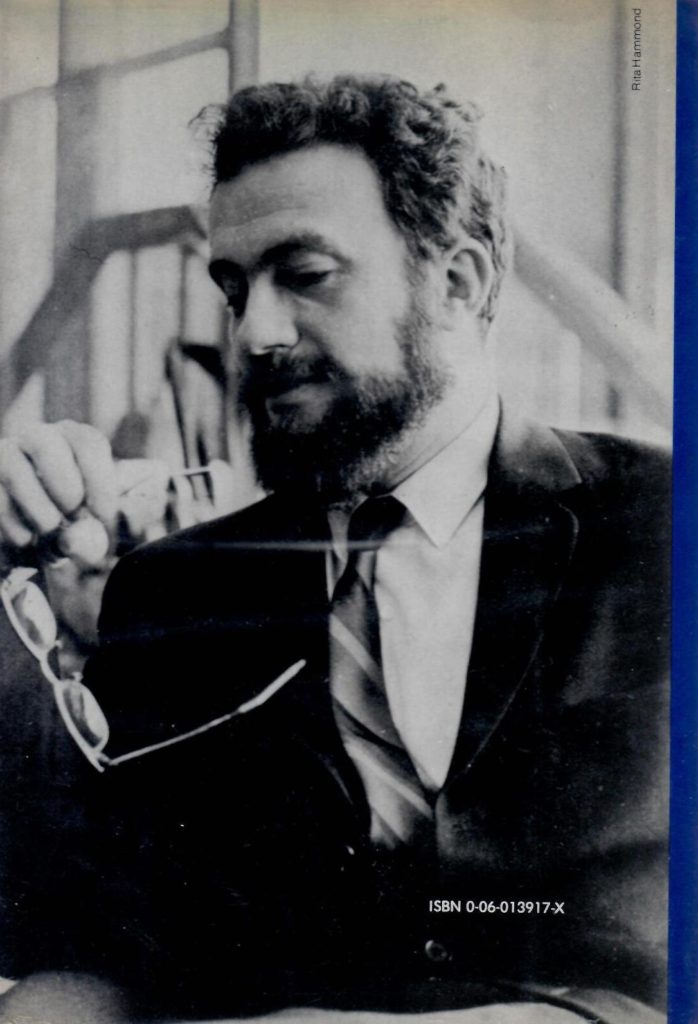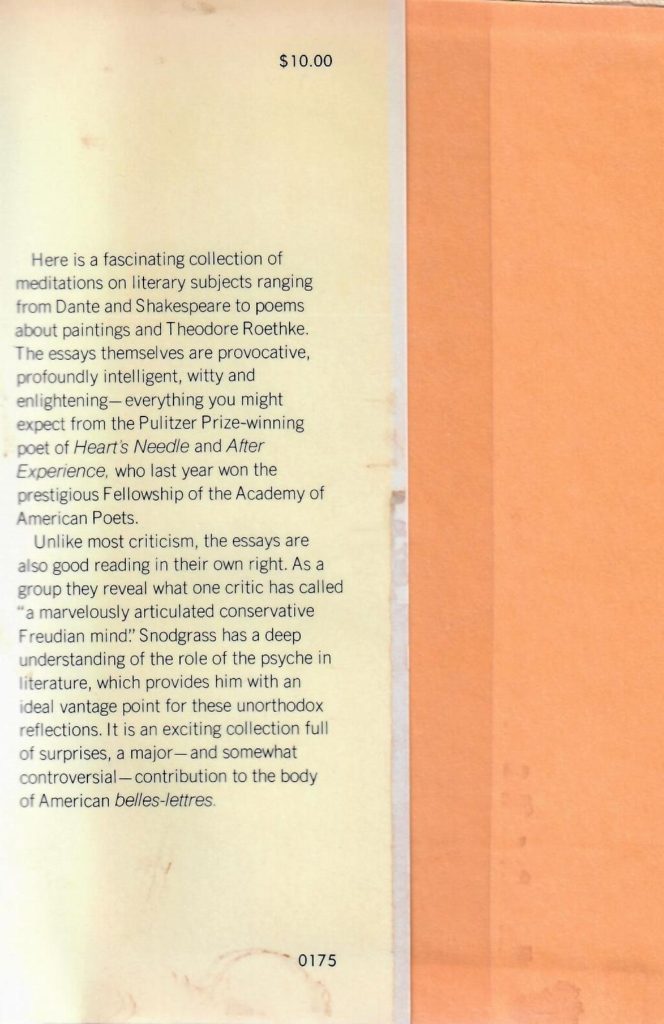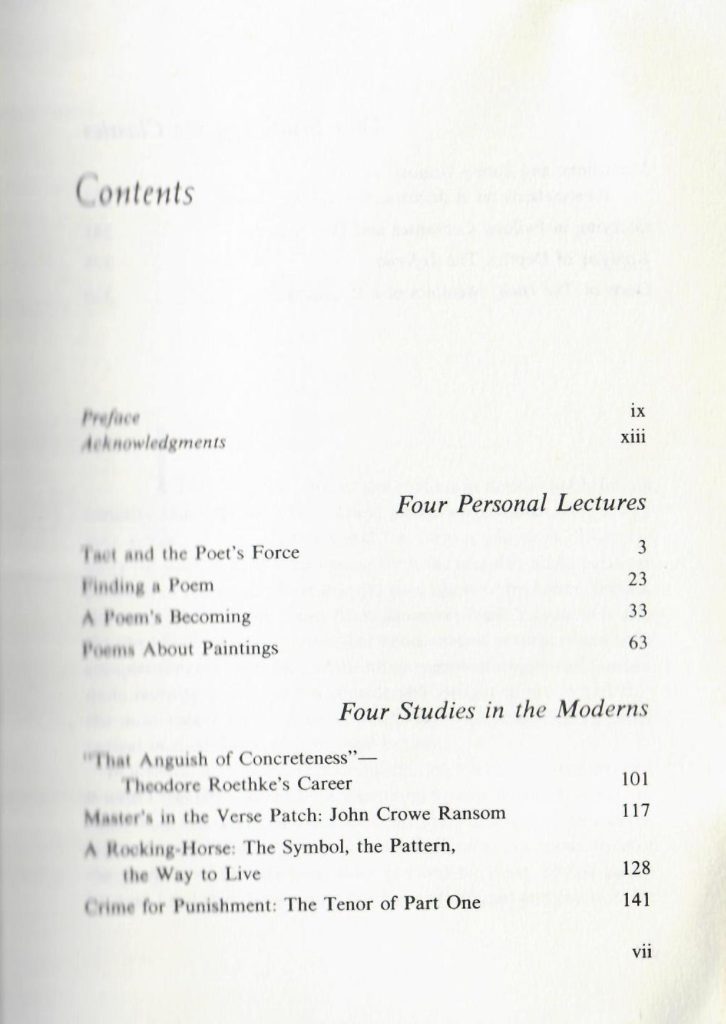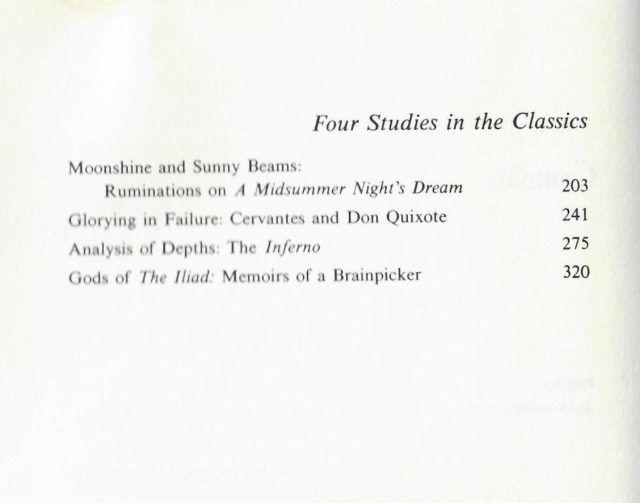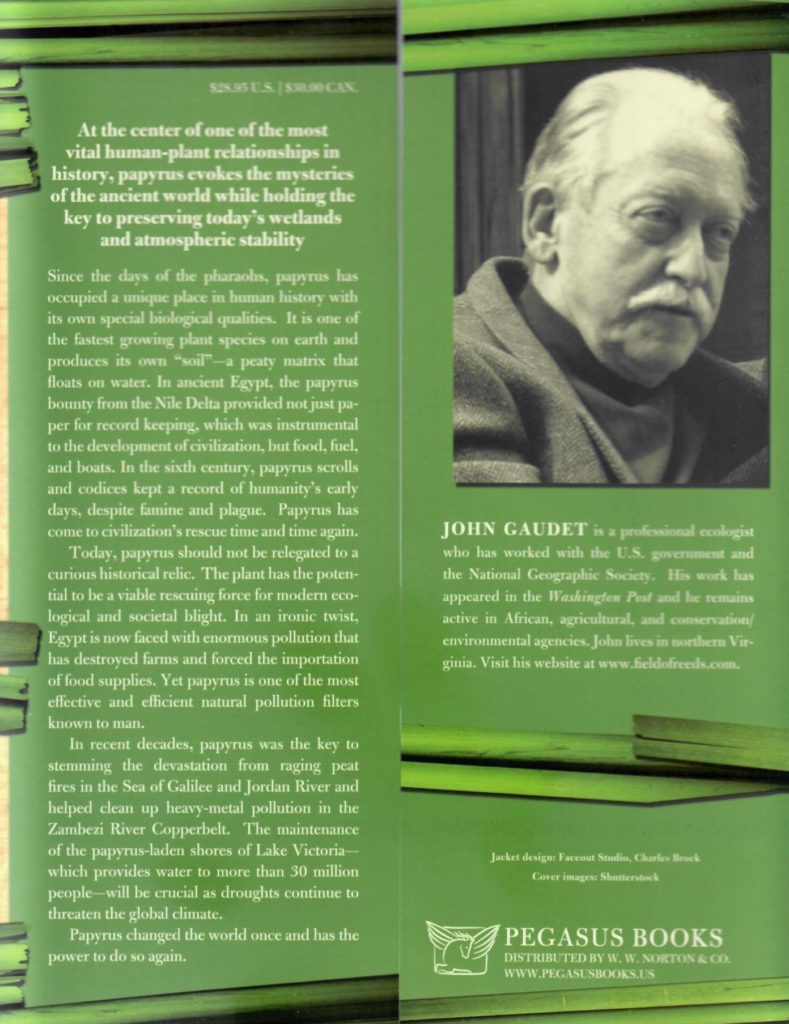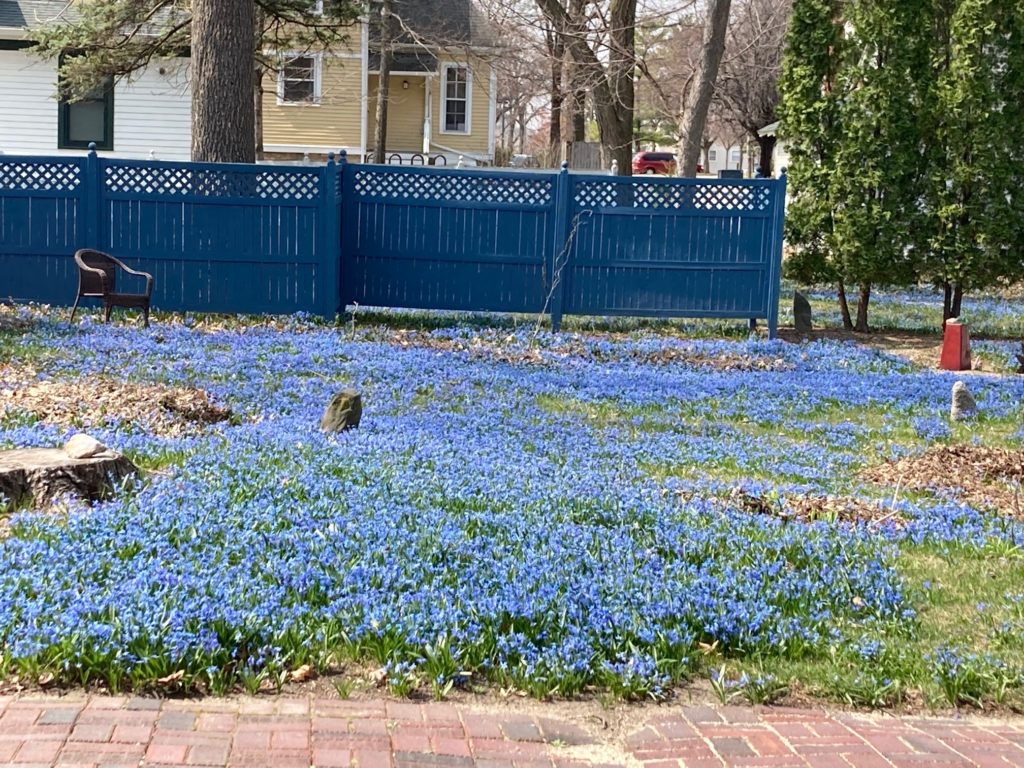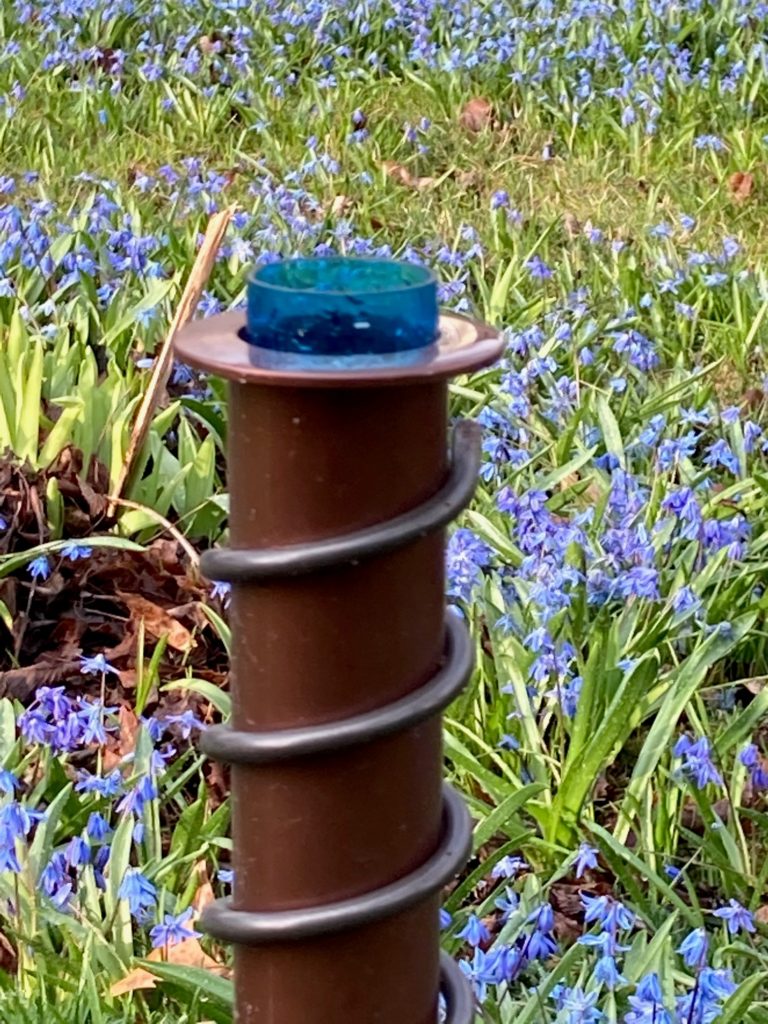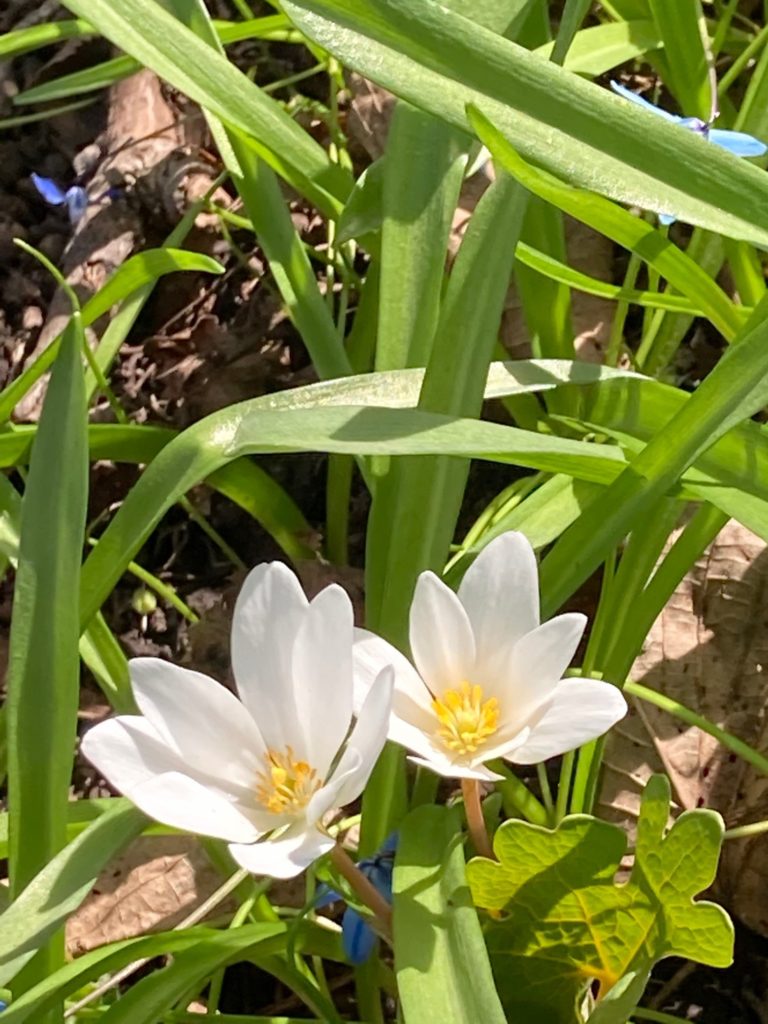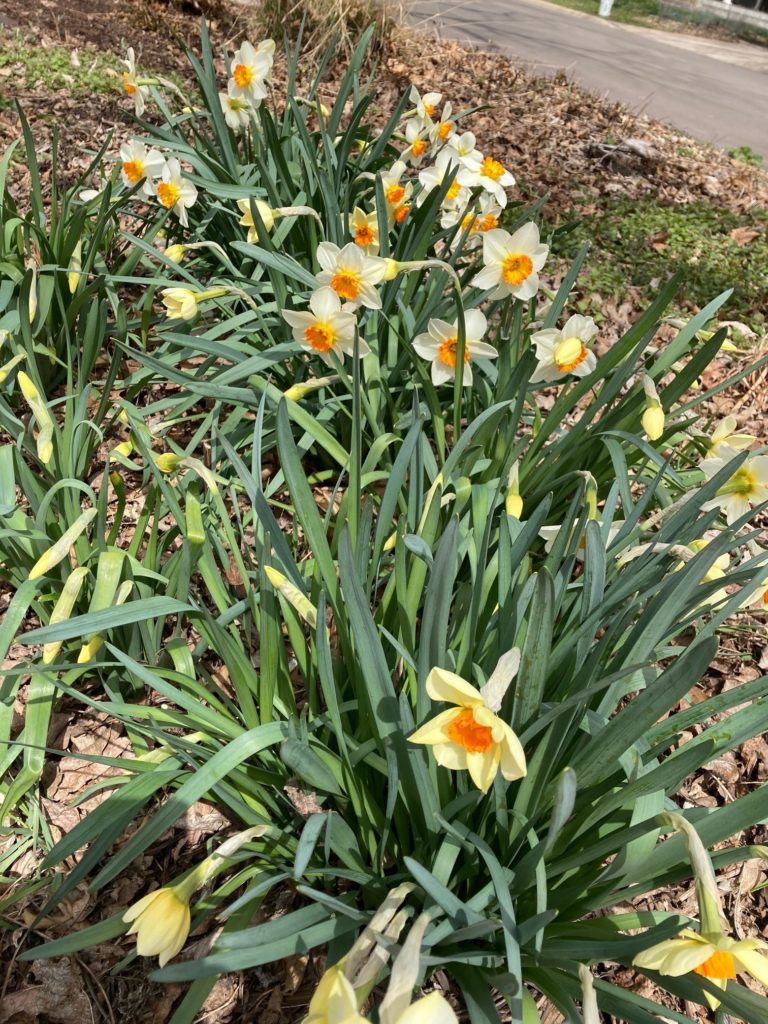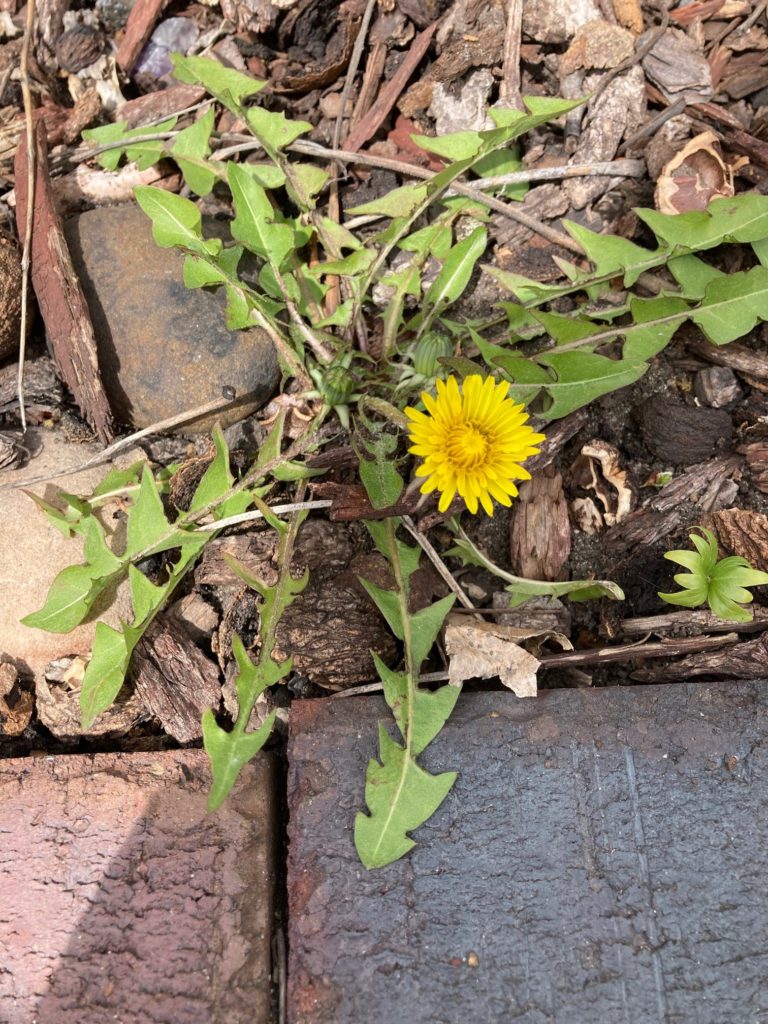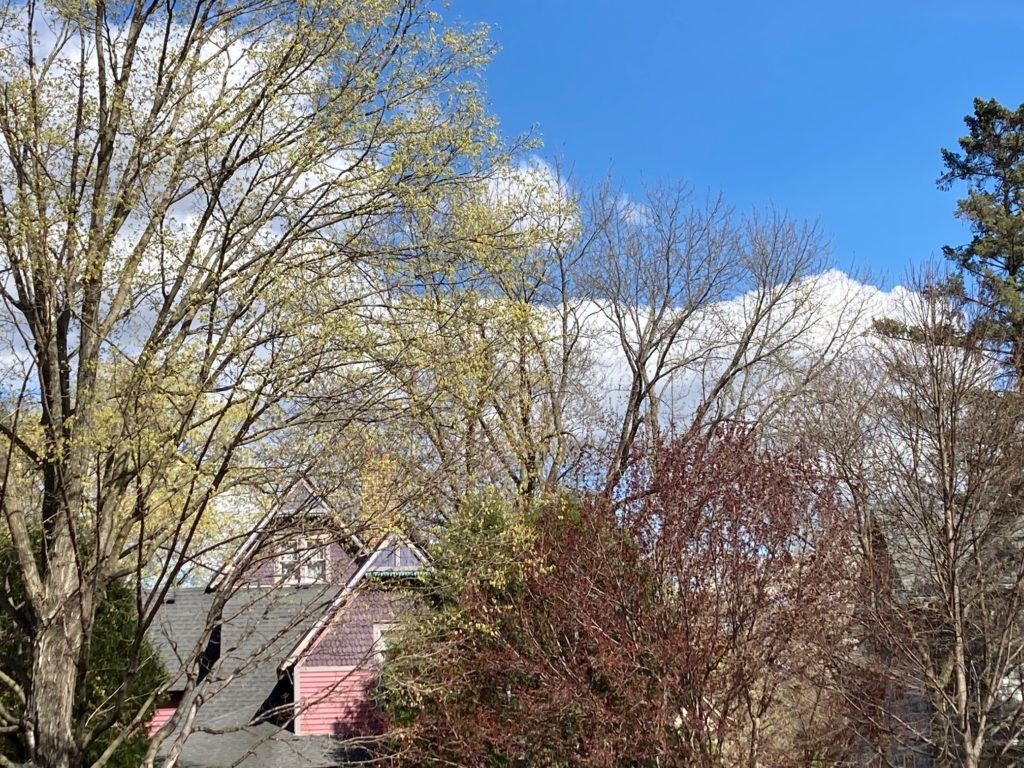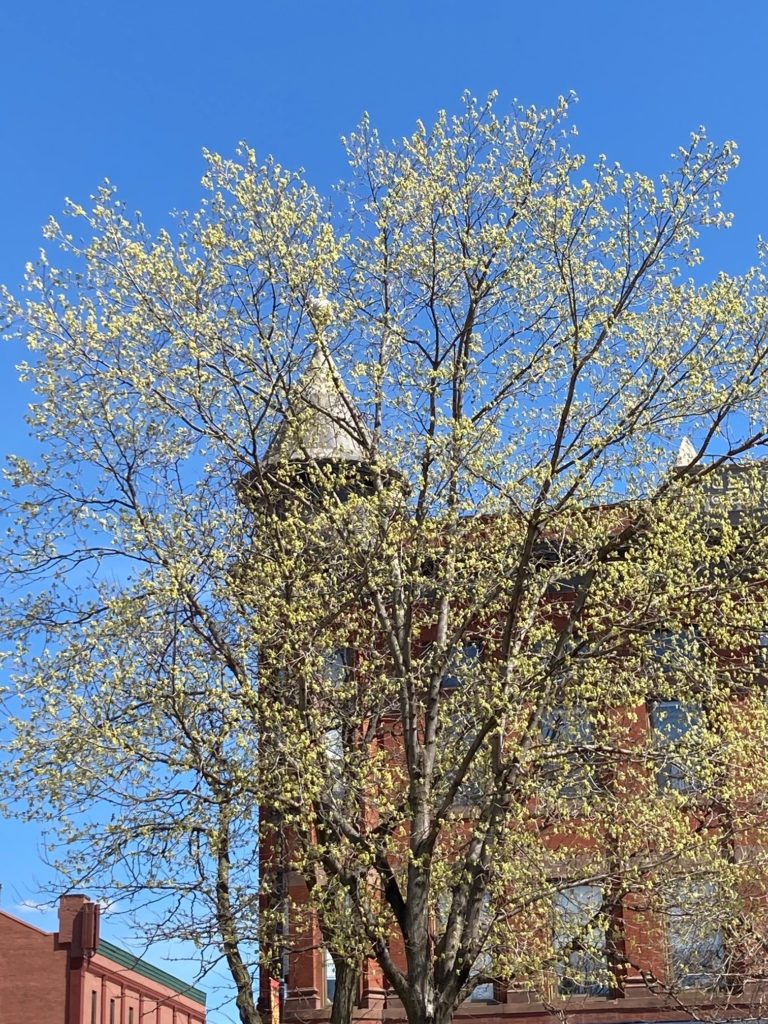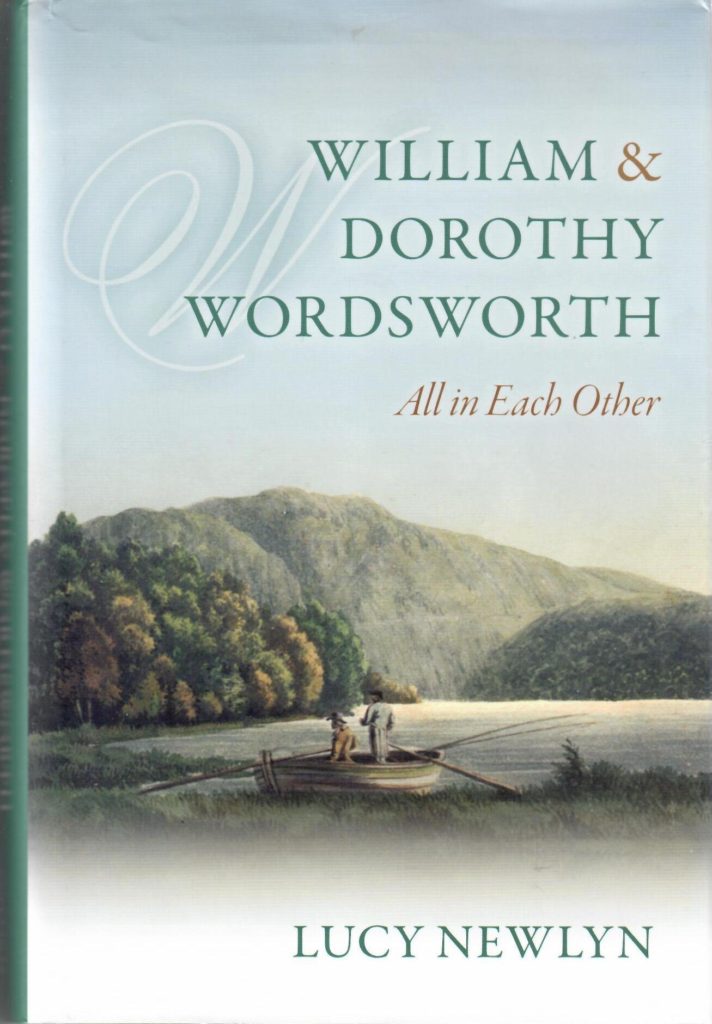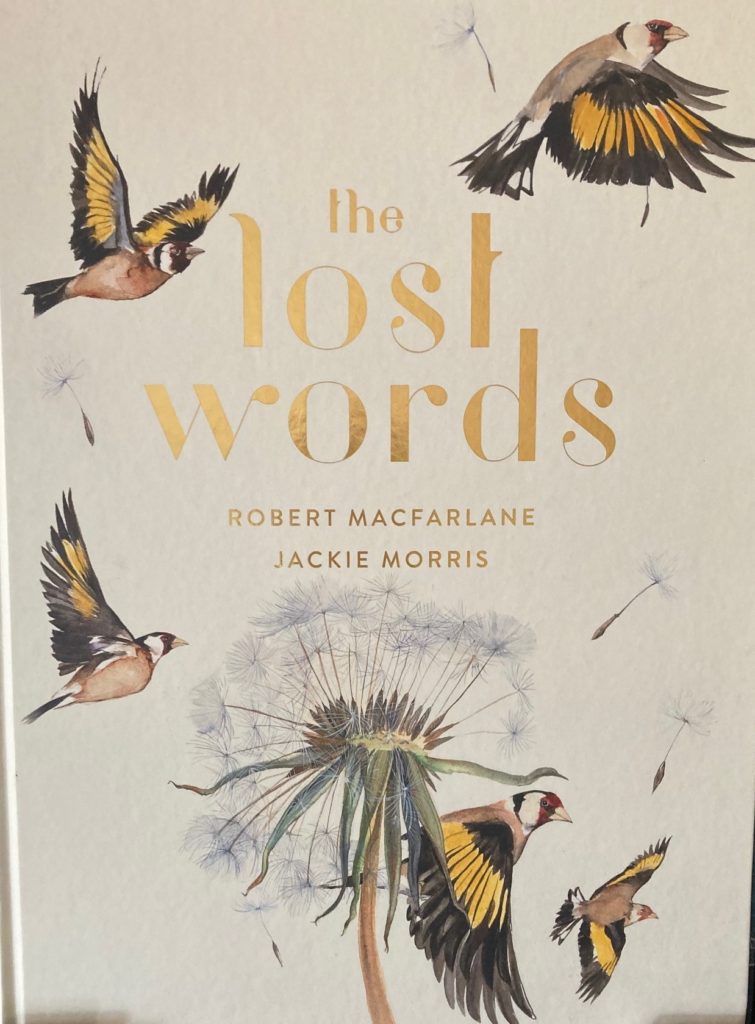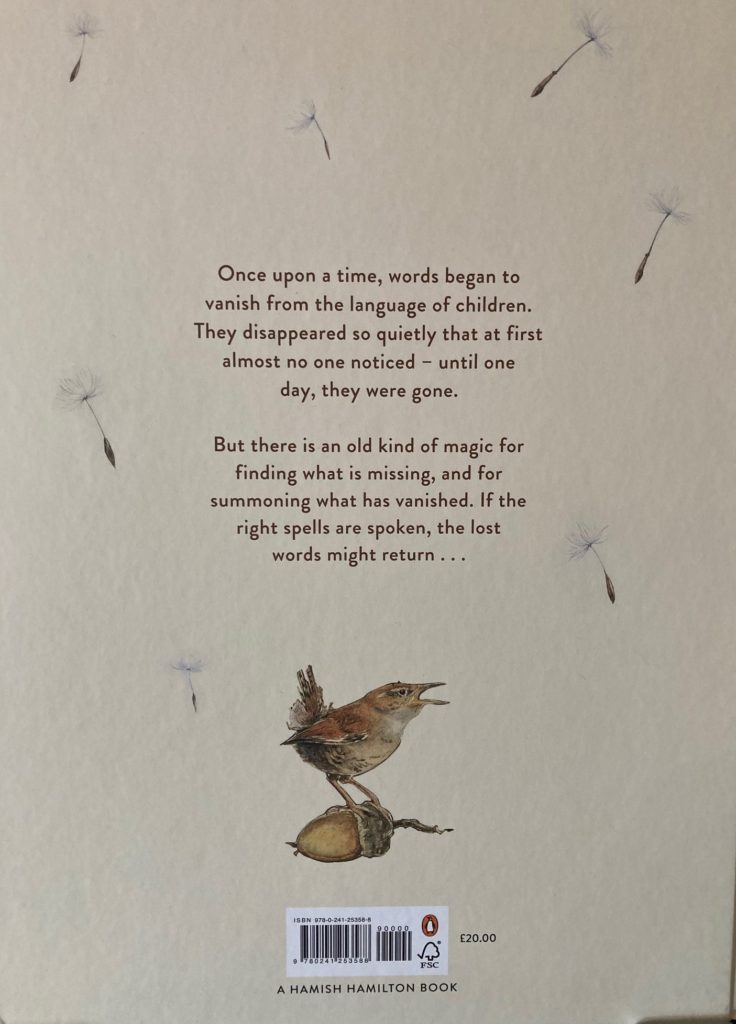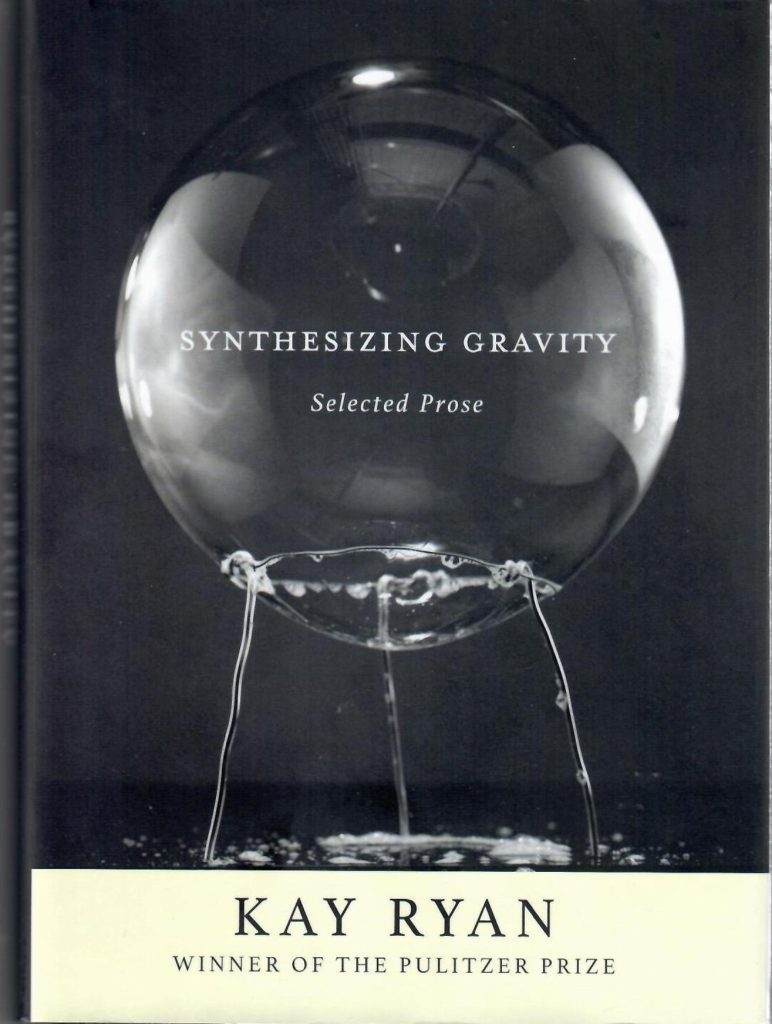
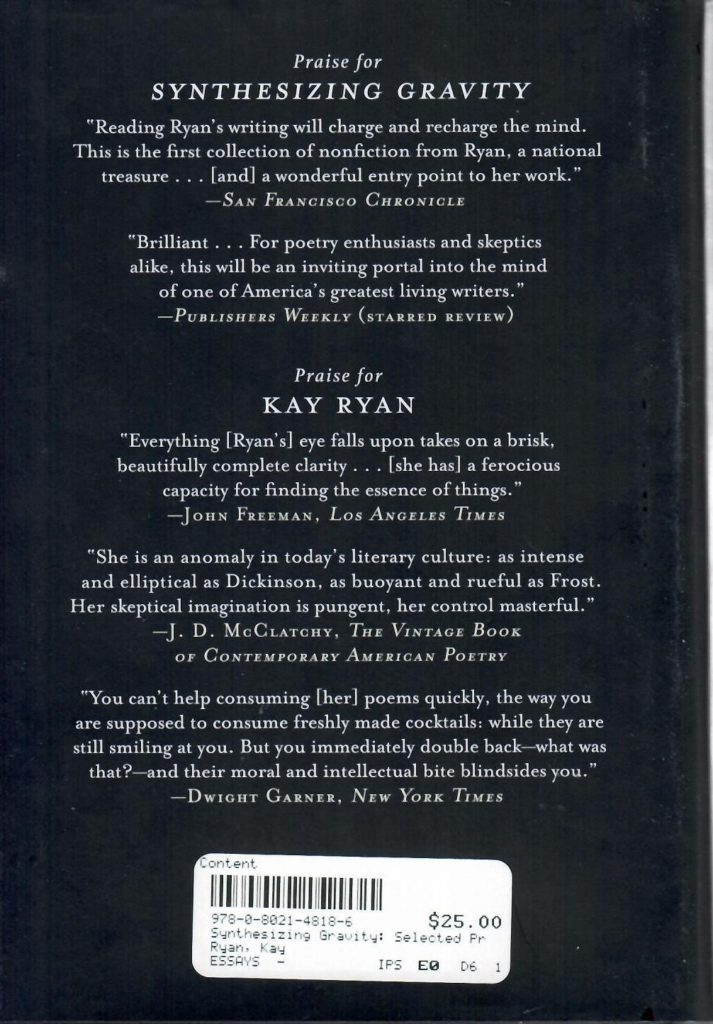
A friend and neighbor who is a poet and a scholar, alerted me last year to Kay Ryan‘s magnificent collection of essays, Synthesizing Gravity: Selected Prose,(Grove Press, 2020). While she generously offered to lend it, (Thanks, Susan!) I knew I needed my own copy. Reading these essays (or gobbling them down like bon-bons) got me through the early weeks of the pandemic. Reading passages aloud to Tim resulted in his picking up the collection, finding his own favorites, and reading passages aloud to me. One can really begin anyway and wander with pleasure (as with Ryan’s justly celebrated poetry!) I leaped first into “On a Poem by Hopkins” because it considers his “Spring and Fall to a Young Child”, a poem I have memorized and say aloud rather more often than I should and feel I know well. Someday, I plan to compose my own essay on its perfections. When I do, I will be grateful for the new aspects of the poem to which Kay Ryan alerted me (and I shall be careful not to plagiarize!)
I truly enjoyed each of this essays, but if forced to select particular favorites to recommend, I would offer “Notes on the Dangers of Notebooks,” “Inedible Melons” (about the poetry of Marianne Moore), and the four-page gem, “Do You Like It?”, which opens “How a person becomes a poet is a mystery before which one must simply bow down.” This essay recounts Ryan’s own Damascene moment of conversion to the poetry life on a bicycling trip across the U.S. when she was thirty, but, being Ryan (gifted with a capacious sense of wonder and a steely intellect), she also offers universal musings as well personal anecdote.
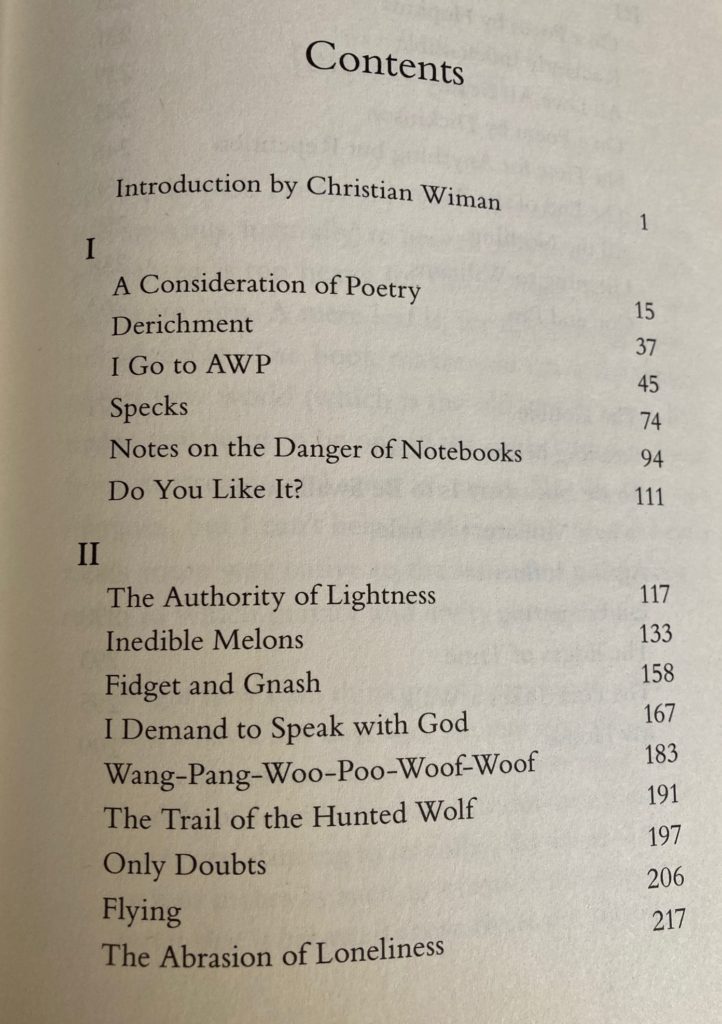
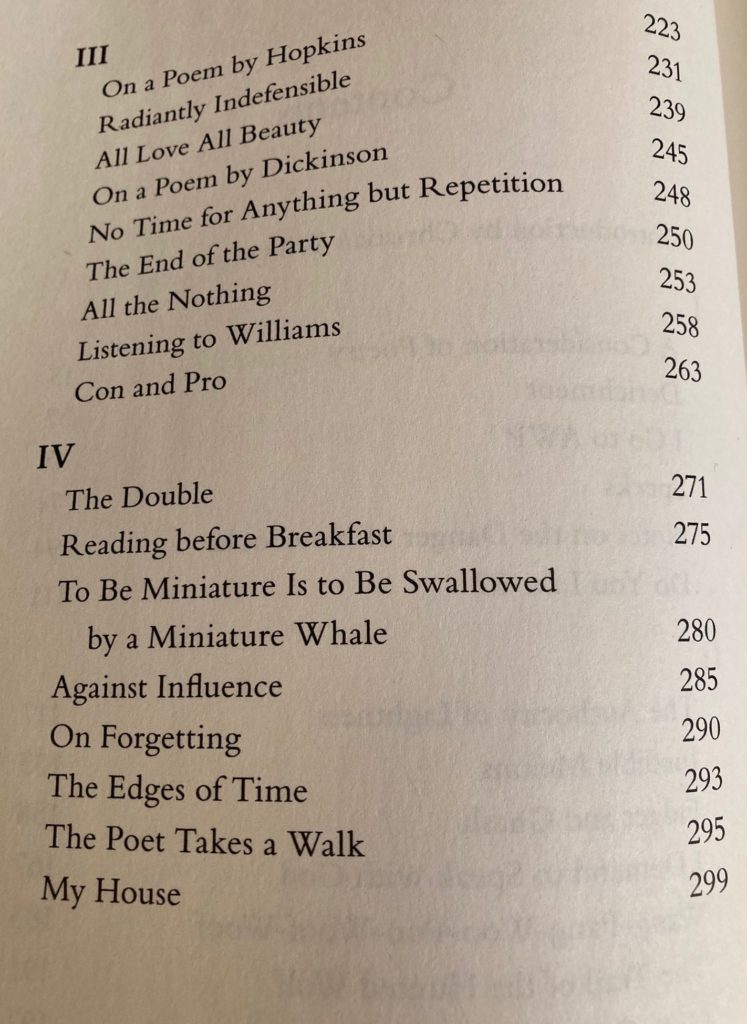
Regarding the Poem “Goddess of Forgetting”:
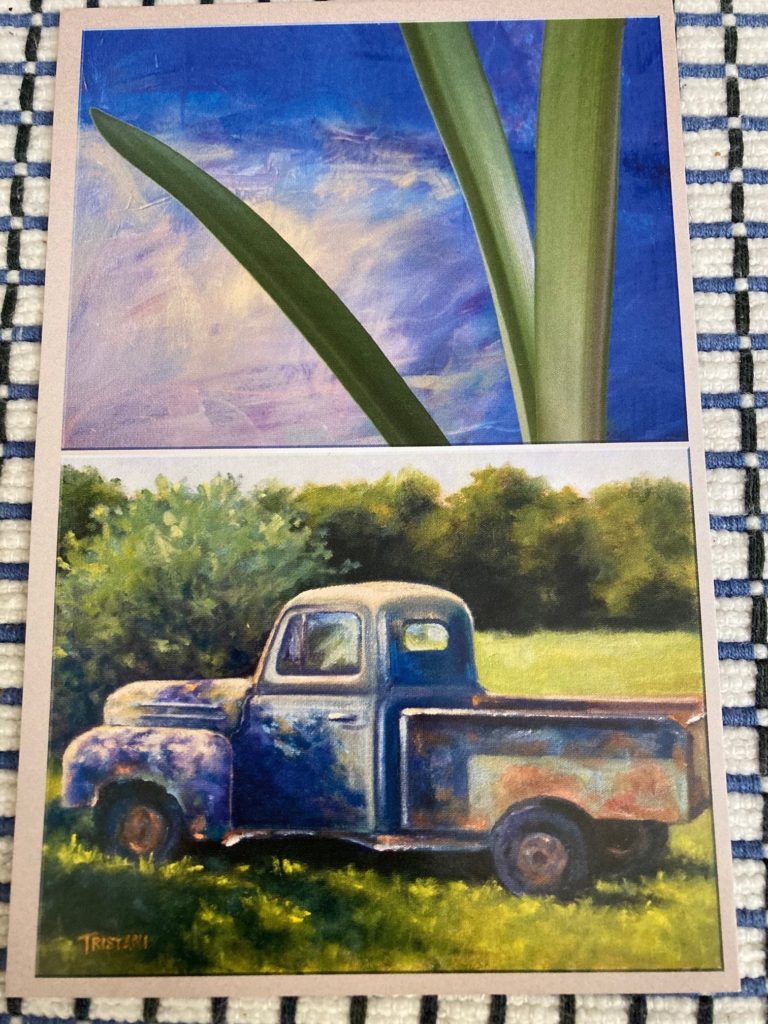
Today’s poem has a bit of a back story. The above image was the promotional postcard for a joint show I had at The Crossings Gallery in Zumbrota many years ago–my photographs and paintings by Ann Tristani. I sent dozens of them out, in advance of that show, but recently in sorting through office papers I discovered a small cache of them. I have begun using them as bookmarks, and have sent one to a couple of avid-reading friends.
This morning, Jan sent me a photo of the postcard in its now “forever home”, her copy of Tan Twan Eng’s novel, The Garden of Evening Mists, one I loved when I read it with my book group. That was lovely, but what it was such a gift to be reminded of the epigraph at the beginning of the novel:
There is a goddess of Memory, Mnemosyne, but none of Forgetting. Yet there should be, as they are twin sisters, twin powers, and walk on either side of us, disputing for sovereignty over us and who we are, all the way until death. Richard Holmes, “A Meander Through Memory and Forgetting” (Epigraph to In the Garden of Evening Mists by Tan Twan Eng)
On a day when I was tasking myself to write a poem inspired by the letter “F”, this was divine inspiration for the Petrarchan sonnet that all of you who so graciously agreed to get these April poems via email received. I think that subject is vast, and the sonnet is only the best I could manage in the hour available. I might be able to revise it, and…who knows?…it might end up as a series of poems.
The fact of friends is ever a gift, and I was powerfully reminded of that this morning. Thank you all for the grace notes with which you embellish the simple melody of my life. I am deeply grateful for Memory, as well as for, when happiness depends upon it, Forgetting.
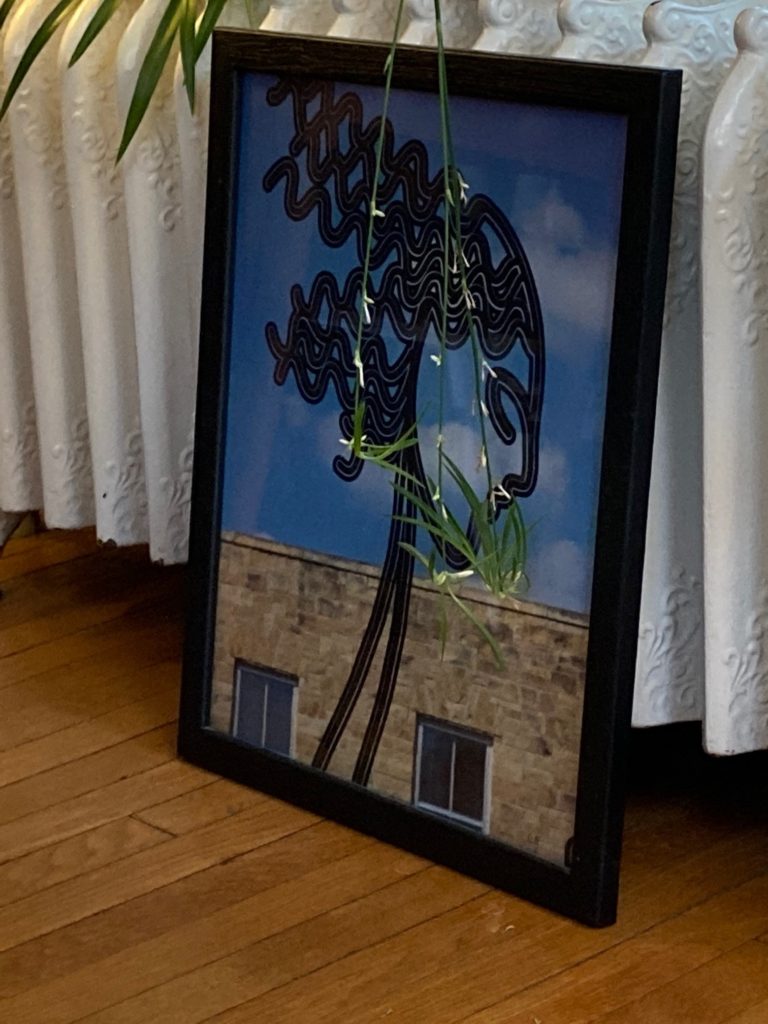
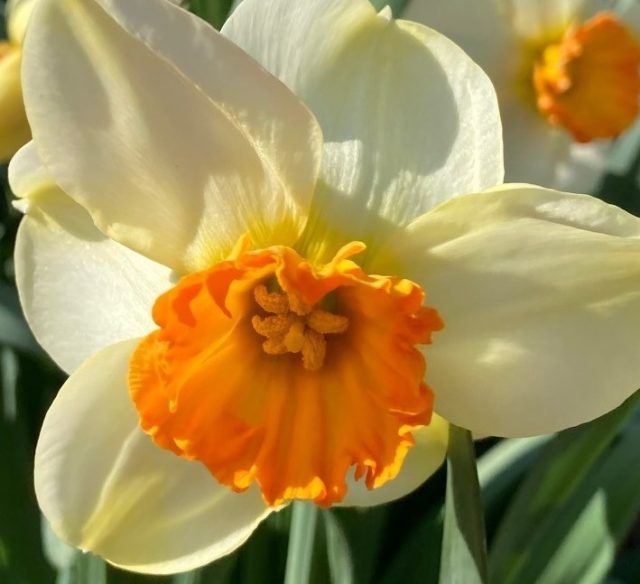
Until tomorrow,
LESLIE



